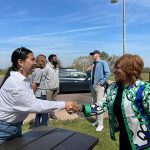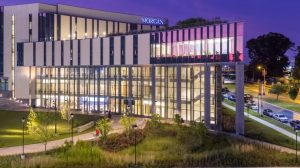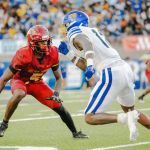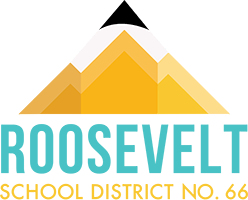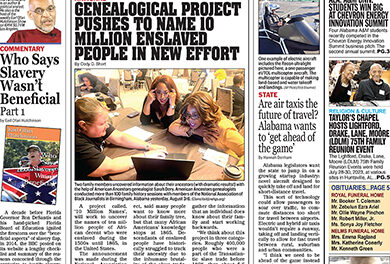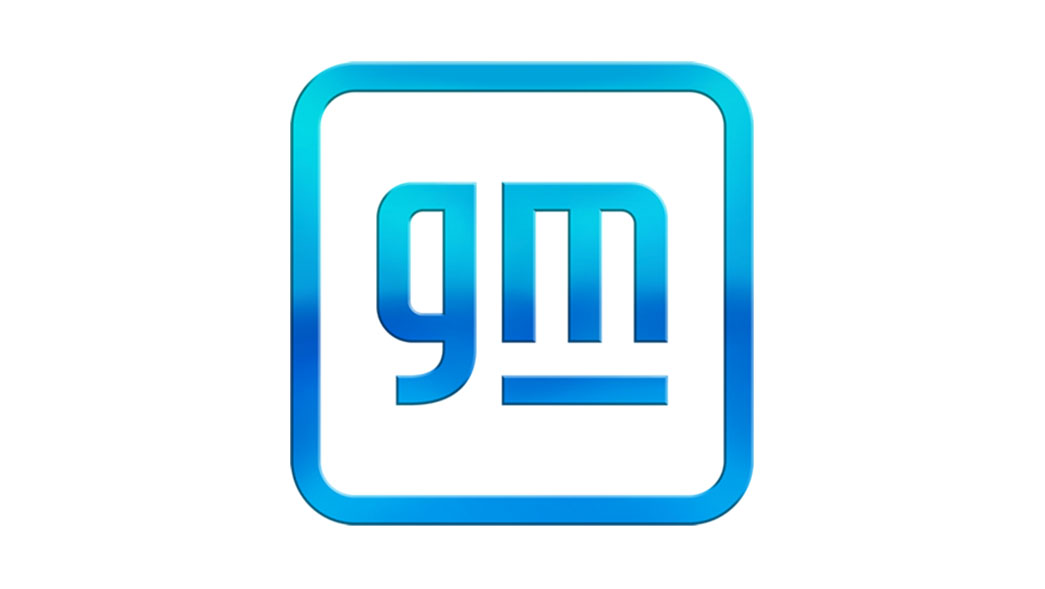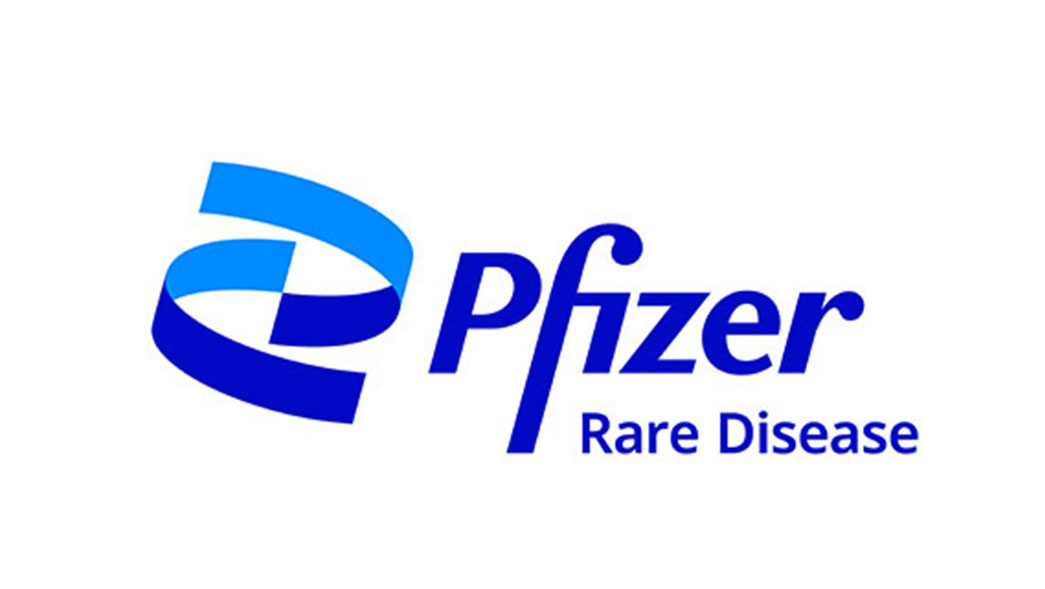University of Alabama at Birmingham students from two classes collaborated on “Go Tell It on Red Mountain.” (UAB)
” data-medium-file=”https://www.birminghamtimes.com/wp-content/uploads/2025/01/oral_history_project-1-300×225.jpg” data-large-file=”https://www.birminghamtimes.com/wp-content/uploads/2025/01/oral_history_project-1-1024×769.jpg” tabindex=”0″ role=”button” />
University of Alabama at Birmingham students from two classes collaborated on “Go Tell It on Red Mountain,” a Jefferson County Greenways initiative aimed at delving into Birmingham’s rich industrial history and the legacy of its historic company towns. This oral history partnership project between the Red Mountain Park, the Alabama Humanities Alliance and UAB’s College of Arts and Sciences Department of History was launched at Red Mountain Park in November 2024.
Michele Forman, director of the Media Studies Program at UAB, learned about Red Mountain Park’s interest in sharing the history of the iron ore miners and their families who worked and lived in the area and saw opportunity for a natural collaboration between UAB Public History and UAB Media Studies.
“Red Mountain Park is primarily a recreational site today — people come to hike, run, cycle and visit the dog park every day from all over the region — but it is also an essential place to understand Birmingham’s industrial past,” Forman said. “This is where the iron ore was mined that fueled Birmingham’s iron and steel economy. We wanted to make sure that today’s visitors hear about the lives, culture and communities that made that happen.”
Inspired by this vision, members of the newly launched Blazer Core Curriculum’s “City as a Classroom: Civic Engagement in Birmingham” class formulated interview questions for scholars specializing in labor, industrial and race relations history. These questions, drawn from the scholars’ biographical backgrounds and academic work, were used by students from the “Community Ethnography and Public History” class to conduct the interviews.
“The goal was for students to think beyond the classroom, see themselves as part of a community, and find ways to give back using the historical research and writing skills they learned in class,” said Britney Murphy, Ph.D., assistant professor of history and African American studies.
Participants learned how to operate professional cameras, audio equipment and editing software to conduct community-based interviews.
“Students gained valuable research and filmmaking experience working with scholars and residents, creating a set of short films,” Forman said. “We hope park visitors have insight into the incredible history that took place here.”
These informative oral history videos and audio clips created by UAB students are available for the public to access on their phones and engage in the history of Red Mountain via interactive signage at four key historical sites around the park: Mine No. 13, the Smythe Mining Camp excavation site, Mine No. 10 and the park’s Wenonah entrance on Venice Road.

